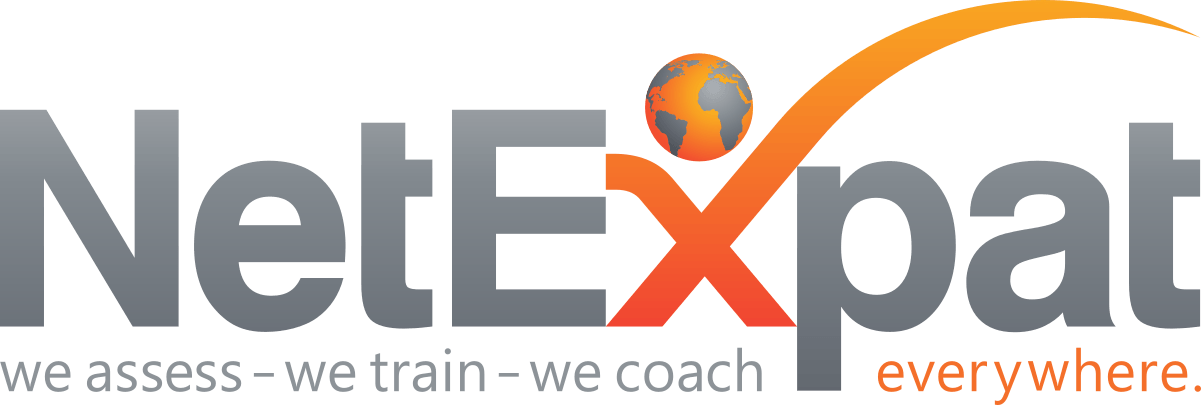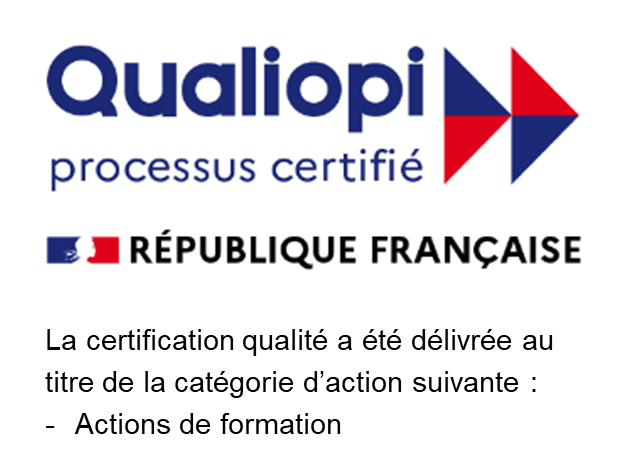GLOBAL AGILITY GOES BEYOND COMPANY CULTURE
Peter Hawthorne, Senior NetExpat Consultant • November 4, 2019
Cultural development permits an understanding of ones own attitudes and values and enables one to understand the variations in attitudes and values in other countries.

As organizations become more global, it is becoming the norm for employees to start working across borders either physically or virtually.
Click here | Intercultural Solutions
It has been acknowledged for some time that intercultural development is of critical importance to global assignees who move to another part of the world so they may acclimate more quickly to their new environment and perform effectively in their new role.
However, until now, little attention has been paid to employees who travel frequently to other countries to conduct business or to virtual global teams who work together to share best practice and solve business challenges.
Intercultural development for globally interacting employees is equally, if not more, important to ensure time is not wasted by employees: on misinterpretation of communication; delivering sub optimal outcomes through failure to fully engage all team members.
Too often the argument put forward to not provide intercultural development to globally interacting employees is that if they treat every team member as an individual then all will be good.
Their belief is strengthened further when there is a global organizational culture which encourages all behaviors to be the same across the world.
Unfortunately, this argument fails to recognize that behaviors are the visible part of culture which represents no more than 10% of an individual's culture, the remaining 90% is hidden and comprises the individuals attitudes and values. These attitudes and values have developed over time and have been passed down through generations and inform one's judgement of other countries' attitudes and values.
Cultural development permits an understanding of ones own attitudes and values and enables one to understand the variations in attitudes and values in other countries. This knowledge provides the opportunity to learn how to adapt ones way of working to minimize these differences whilst still recognizing that each individual has their own personality.
NetExpat's approach to assisting global employees acquire cross-cultural competencies takes a blended approach of human support from our top experts with the latest in new technology. Click below to learn more about this approach and services available for global employees and multicultural teams.
Share this post

Tracy brings her passion for people, coaching, and consultative sales to NetExpat. With a background in business psychology and years of experience guiding individuals and teams, she thrives on building client relationships and supporting growth. Tracy values NetExpat’s culture of equality, collaboration, and respect, where every voice matters. Motivated by making a genuine impact, she envisions global mobility becoming increasingly diverse, strategic, and human‑centered in the years ahead.

At NetExpat, we believe that global mobility is more than logistics, it’s about people, families, and the human experience of moving across borders. That’s why we launched the Global Care Awards to honor the organizations who go above and beyond to support mobile talent with care, inclusion, and strategic vision.

What if your AI tools are unintentionally costing you great hires, damaging team morale, or shrinking your global reach? Cultural bias in AI happens when technology reflects the norms and assumptions of the culture it was built in. That means even the smartest algorithms can struggle to interpret behaviors or communication styles that differ from the data they were designed and trained on. The result? Missed opportunities, disengaged teams, and tech that undermines—rather than supports—your global strategy. In today’s interconnected workplaces, understanding and addressing cultural biases is ethical, but it’s also about business resilience and growth. This blog post offers a clear, practical overview of where these biases show up and how you can build AI systems that truly support diverse teams and markets, along with business sustainability and growth.

Today’s global hiring landscape is complex. A candidate’s ability to succeed isn’t just about their qualifications; it’s about whether they can thrive in a new geographic, cultural, and/or corporate environment. Too often, companies assume preparing for success starts at the onboarding phase, but, in reality, the most crucial hiring decisions happen much earlier—during the pre-decision phase. Why does this matter? Because hiring the right talent isn’t just about filling a role; it’s about ensuring long-term success. Without assessing readiness factors early, companies risk costly misplacements, cultural mismatches, and logistical hurdles that could have been avoided. This is where internal mobility and talent acquisition teams can align and collaborate to transform hiring into a truly strategic process – one that ensures the right talent is selected, supported, and set up for success.

When organizations outsource business functions to another country—whether it’s accounting, customer service, or tech support—they’re often hoping for a streamlined, cost-effective solution. But when intercultural differences aren’t factored into the strategy, the shift often results in the exact opposite: misaligned expectations, breakdowns in communication, and friction across internal teams. Time is lost, along with trust, satisfaction ratings, and even clients. Too often, stakeholders don’t even know why. When internal teams find themselves working across cultures, misunderstandings are common. The definition of “good service” in one country may feel intrusive or inadequate in another. Perceptions of hierarchy and respect vary widely, leading to unintentional offenses. And communication styles are so nuanced that even simple messages can be misread—causing delays, confusion, and strained relationships. Internally, employee engagement and productivity suffer. Clients may notice the shift too—especially in customer-facing functions. Intercultural agility is the solution.

Leadership wants metrics, but they also need clarity. When you see a business need or opportunity, building the right business case with data is the way to give that to them. It’s also the best way for you to get buy-in. This blog post will discuss how to use data to strengthen business cases and the role of business storytelling in securing buy-in.

International relocations are a big adjustment for employees, but they can be an even bigger adjustment for their accompanying spouses or partners. This is especially true if they were a part of a dual income household in their country of origin. While organizations often focus on logistical support for the employee, the success of an international assignment hinges equally on the well-being of the entire family. If a relocating partner struggles to integrate, it can have negative impacts on the partner’s state of mind, the couple’s relationship, the employee’s ability to focus on their new role, and both assignment and organizational objectives.







